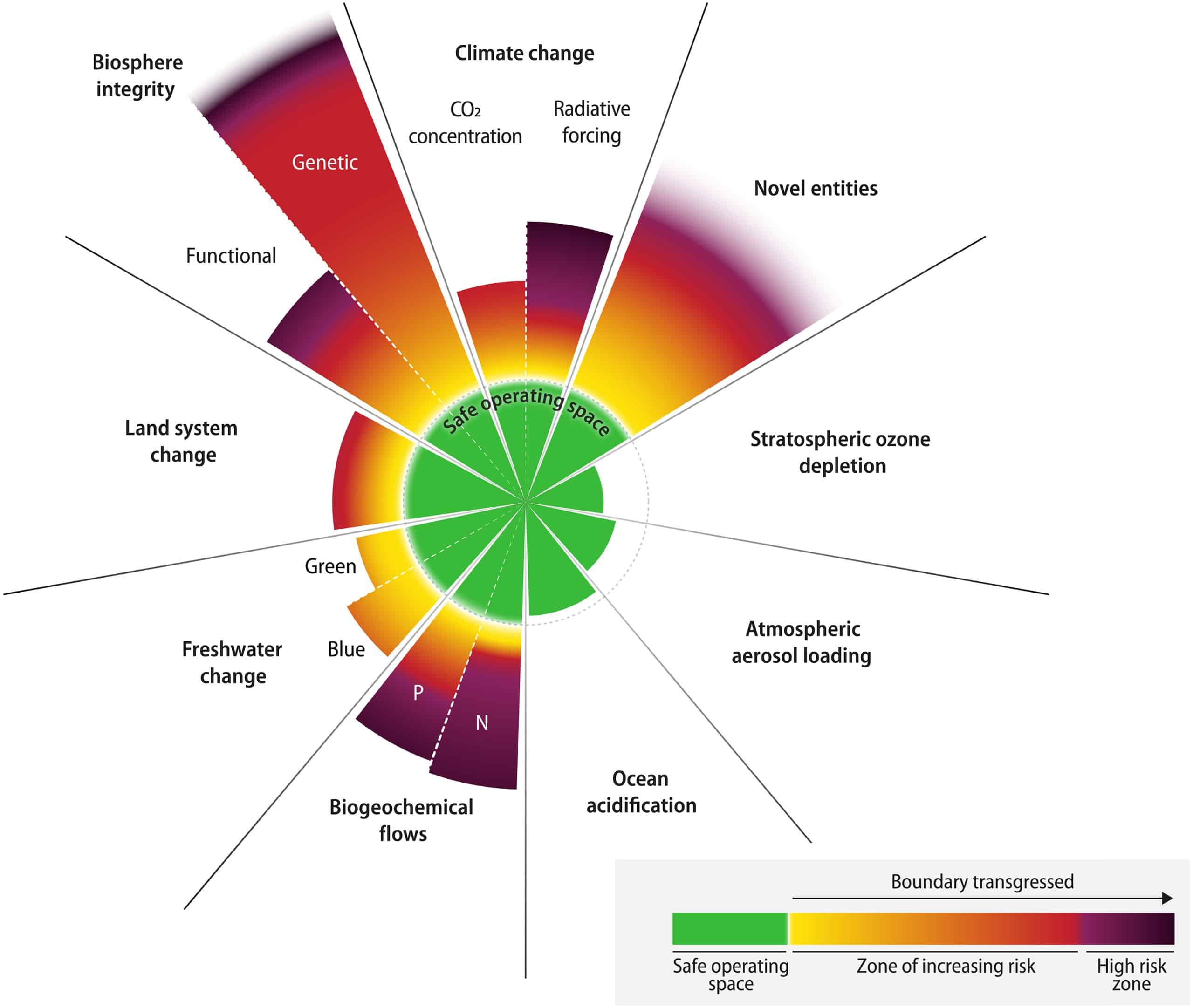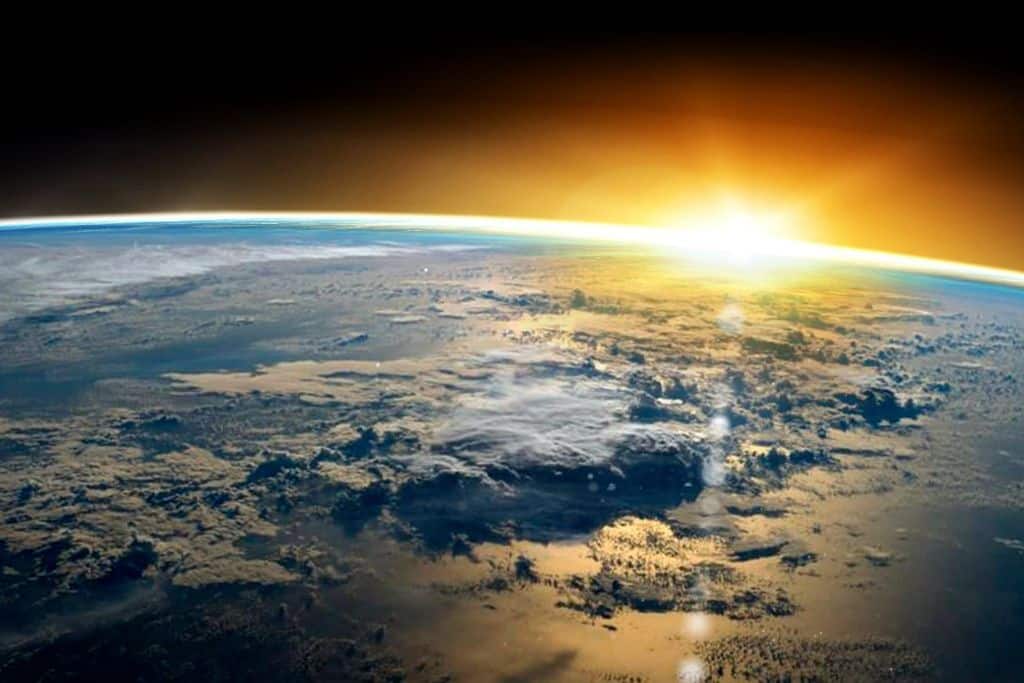From dangerously warm temperatures to mass extinction, the Earth is becoming increasingly inhospitable, with only three out of nine key planetary boundaries still considered safe, a new study has found.
—
Human-driven activities have pushed the Earth into a precarious state for planetary health, according to recent research aiming to assess the extent of human impacts on the planet’s systems.
In the new study, published Wednesday in the scientific journal Science Advances, experts looked into so-called planetary boundaries, key processes essential for sustaining life on Earth. Each one has a limit as to how much pressure it can take from humanity before it is pushed over a tipping point in which changes can no longer be reversed.
Fourteen years after establishing the framework of planetary boundaries, researchers at the Stockholm Resilience Center in Sweden found that six of the nine boundaries – including biodiversity, climate change, land and freshwater impacts, biogeochemical cycles, and synthetic chemicals and substances such as microplastics – are already past their safe limit, placing the Earth “well outside of the safe operating space for humanity.”

Current status of control variables for all nine planetary boundaries. The green zone is the safe operating space (below the boundary). Yellow to red represents the zone of increasing risk. Purple indicates the high-risk zone where interglacial Earth system conditions are transgressed with high confidence. Image: Science Advances.
You might also like: Most Planetary Boundaries Beyond ‘Safe and Just Limit’, Scientists Say
They also found that ocean acidification is also rapidly approaching its planetary boundary. This phenomenon is dangerous, if not catastrophic, to the marine ecosystem. Because acidic water removes carbonate ions – a crucial building block for shells and skeletons – lots of marine organisms, such as coral reefs, are particularly at risk in a more acidic ocean.
However, there is a positive example of a system’s recovery, the ozone layer, which was in crisis during the 1990s but is now on a trajectory toward complete restoration due to global cooperation through the 1987 Montreal Protocol, which banned ozone-depleting substances. The Protocol is considered the first global effort to combat human-driven climatological effects.
Speaking at a press conference on Wednesday, lead author Katherine Richardson from the University of Copenhagen compared the Earth to a human body and the planetary boundaries to blood pressure, emphasising that while surpassing certain thresholds does not guarantee catastrophe, it does significantly raise the potential for detrimental consequences.
“Over 120/80 does not indicate a certain heart attack but it does raise the risk,” she said. “For 3.5 billion years the environmental conditions on Earth have been determined by the interaction between life and climate. We’re not going to fix the climate problem if we don’t respect the boundary for how much biomass we can take out.”
The research highlights the urgent need to address these challenges and find sustainable solutions to ensure a thriving future for humanity and the planet we inhabit.
You might also like: Toward a New Global Approach to Safeguard Planet Earth: An Interview with Johan Rockström, Lead Scientist of the Planetary Boundaries Framework


















